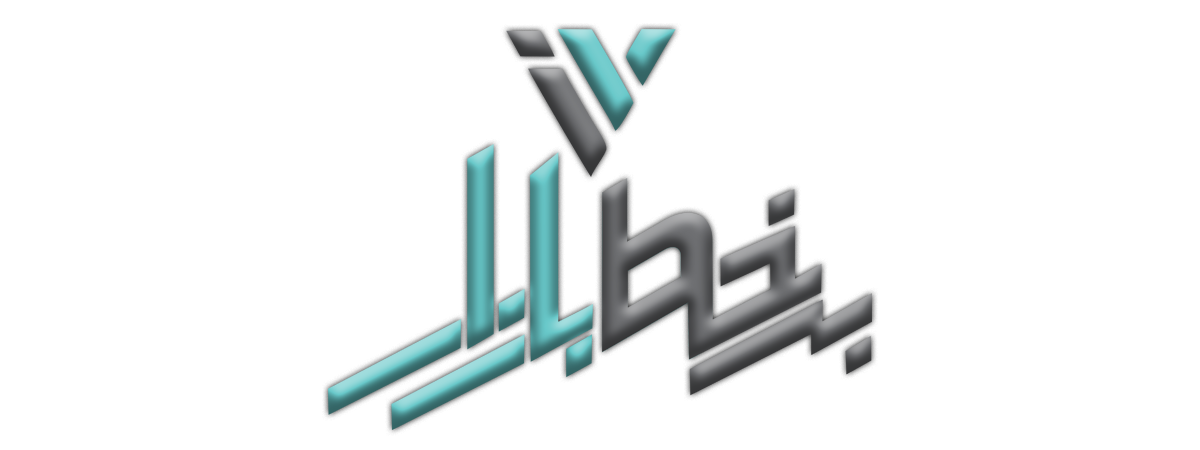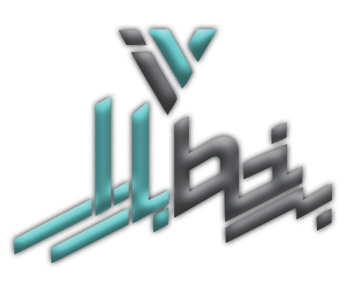That’s why CNS depressants (sedatives) are used to treat anxiety and insomnia. Although many people don’t think of alcohol as a drug, it’s one of the most common and often abused drugs in the world today. You might experience mild CNS depression from the prescribed use of CNS depressants or severe CNS depression from the misuse of CNS depressants, traumatic brain injury, or certain other conditions. It is very easy to overdose on these substances, especially if the user has no tolerance. Gabapentinoids are absorbed from the intestines mainly by the large neutral amino acid transporter 1 (LAT1, SLC7A5) and the excitatory amino acid transporter 3 (EAAT3). They are one of the few drugs that use these amino acid transporters.
Related to their rapid onset and immediate symptom relief, BZDs are used for those struggling with sleep, anxiety, spasticity due to CNS pathology, muscle relaxation, and epilepsy. One of the debilitating side effects of BZDs is their addictive potential. The dependence on BZDs generally leads to withdrawal symptoms, requiring careful tapering of the medication when prescribed.
Medical Professionals
If you suffer from insomnia, anxiety, panic attacks, or seizures, your doctor may prescribe a class of drugs called central nervous system (CNS) depressants. These medications are designed to slow your brain down, relax your muscles, and provide a sense of calm. Many medications have been tested to alleviate withdrawal symptoms and make it easier for patients to discontinue BZD since a gradual taper does not always lead to successful discontinuation of the drug. Currently, a gradual taper with clonazepam is used as maintenance therapy for BZD-dependent patients.
۱. Factors Influencing Withdrawal Symptoms
The delta receptor is the least studied of the three main opioid receptors. It is a G protein-coupled receptor, and its endogenous ligand is deltorphin. Δ-opioid agonists can produce respiratory depression at very high doses; at lower doses, they have the opposite effect. High doses of a δ-opioid agonist can cause seizures, although not all delta agonists produce this effect.[144] Activation of the delta receptor is usually stimulating instead of sedating like most opioids.
Studies have shown that treatment for longer periods with high-dosage, short-acting BZD contribute to more severe withdrawal effects [61]. Milder effects are seen with longer-acting BZD that are used for shorter periods [61]. Those who have never experienced withdrawal symptoms from BZD discontinuation could quit using BZD more easily [62]. Baseline anxiety is an important indicator of withdrawal symptoms [63]. People with severe anxiety before starting treatment with BZD typically have more severe withdrawal symptoms, and thus have a harder time fully discontinuing the drug [63].
What is central nervous system (CNS) depression?
It was also reported that the risk of death in patients using less than 18 pills per year is increased by 3.6-fold [48]. Flumazenil is administered to people who are experiencing severe side effects from using Benzodiazepines. However, it’s a short-acting drug and might need to be administered several times before a person recovers. The use of alcohol or benzodiazepines along with the usual dose of heroin is often the cause of overdose deaths in opiate addicts.
One of the study’s limitations is the inability to collect data that differentiate mortality correlation with illicit BZD use from the use of prescribed pills. Other important indications for the use of BZDs include the treatment of catatonia, seizure disorders, and alcohol and BZD withdrawal. The drug class is the mainstay of treatment for catatonia, which is characterized by postural rigidity, immobility, purposeless activity, and disturbances in one’s consciousness [10]. Catatonia presents in populations suffering from bipolar disorder, schizophrenia, or a variety of medical conditions.
Additionally, CNS depressants are often used in conjunction with another drug or substance, and treatment plans will also address any polydrug abuse to ensure lasting recovery. For example, someone that was taking Xanax for anxiety will often experience worse anxiety upon cessation of the drug. Someone thinking about ending their use of a CNS depressant, or who has stopped and is suffering from withdrawal, should immediately seek medical treatment.
What Causes CNS Depression?
While opioids vary tremendously in strength, addictive potential, and other aspects, they tend to be very chemically similar and typically have similar effects. While opioids are considered extremely effective for treating pain, they are also some of the most addictive and dangerous drugs in the world. Every year, opioid overdose takes the lives of tens of thousands of Americans. An overdose of a CNS depressant can happen by accident, but people sometimes choose to take more of the drug than a doctor recommends to get a more “intense” effect. People have also been known to overdose on these medications deliberately to end their lives.
It quickly became the first popular psychotropic drug in America, becoming popular in Hollywood and gaining fame for its seemingly miraculous effects. It has since been marketed under more than 100 trade names, including Amepromat, Quivet, and Zirpon. Carisoprodol, which metabolizes into meprobamate and is still used mainly for its muscle relaxant effects, can potentially be abused. Its mechanism of action is very similar to that of barbiturates, alcohol, methaqualone, and benzodiazepines. Carisoprodol allosterically modulates and directly activates the human α۱β۲γ۲ GABAAR (GABAA) in the central nervous system, similar to barbiturates. This causes chloride channels to open, allowing chloride to flood into the neuron.
- These properties make benzodiazepines useful in treating anxiety, insomnia, agitation, seizures, muscle spasms, alcohol withdrawal, and as a premedication for medical or dental procedures.
- Another possible side effect of central nervous system depressant use is overdose.
- That’s why CNS depressants (sedatives) are used to treat anxiety and insomnia.
- In response to particularly high abuse rates from the 1950s to the 1970s, benzodiazepines, which are generally regarded as less addictive and less likely to cause overdose, were developed and popularized.
- Barbiturates, or “downers,” are a type of CNS depressant that are prescribed to treat anxiety, tension, and sleep disorders.
A person may need emergency care if they are unaware that they are experiencing a CNS depressant overdose, especially after accidentally misusing their medication or due to a medical problem. Treatment for CNS depression or CNS depressant overdose depends on the substances involved. In 2020, the Food and Drug Administration (FDA) strengthened their warning that benzodiazepine use can lead to addiction. Combined with alcohol, opiods, and other CNS depressants, they can be life-threatening.
Although they have a lower risk of dependency than other CNS depressants, long-term use may cause the condition. CNS depressants work by increasing the activity of a neurotransmitter in your brain, called gamma-aminobutyric acid (GABA). An increase in the activity of GABA in your brain leads to a slowdown of your brain activity.
For mothers with BZD use during pregnancy, there is a risk of premature birth and low birth weight. Their short addiction recovery quotes relative safety compared to fellow depressants or barbiturates have increased the rate at which they are prescribed [25]. The dependence on BZDs generally leads to withdrawal symptoms, which necessitates careful tapering of the medication when prescribed [26].
One of the main categories of people with BZD prescriptions is those with insomnia. Manconi substance abuse games for groups et al. explored the effects of long-term BZD use on sleep architecture and microstructure in those with insomnia. They found significant changes in sleep microstructure in chronic insomnia with high dosage abuse of BZD, but sleep architecture changes were not significant. Long-term use of BZD leads to negative changes in sleep microstructure in patients with insomnia [35].
BZDs were encouraged for anyone wanting to calm their nerves and ease their sleep, causing them to rapidly attain favor in society [6]. what is whippits Additionally, given the continual rise of anxiety and sleep-disordered problems over the decades, BZDs remain a regular fixture in the United States today [7]. However, with this ongoing, widespread use comes the dark reality of BZD dependence [6]. If severe CNS depression is left untreated, it can be fatal for the person living with the condition.



